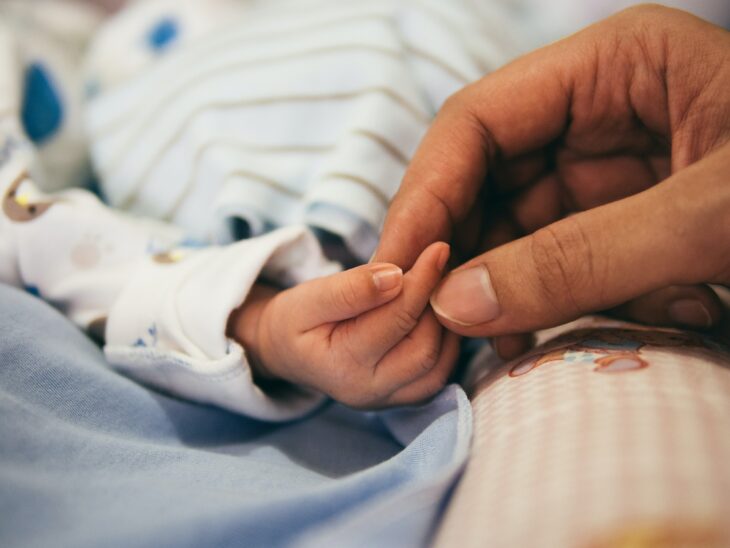When a pregnant woman uses opioid drugs like heroin or methadone, she also exposes the fetus to these substances. After birth, the infant experiences neonatal opioid withdrawal syndrome, or NOWS. In 2004, about 2 of every 1000 infants born in the US were diagnosed with NOWS. That number rose to nearly 9 in 1000 in 2016.
NOWS affects the crucial early stages of development in a fetus, specifically the central nervous system. It can cause an array of serious health complications in babies, such as respiratory problems, heart problems, difficulty feeding, irritability, and seizures.
Up to 94% of the infants previously born with NOWS needed treatment with medicine or other pharmaceuticals immediately after birth. The most common drugs doctors use to treat NOWS are morphine and methadone. They typically continue drug treatment until the babies are no longer symptomatic. But doctors don’t currently agree which medicine provides the best treatment for infants born with NOWS.
Scientists from Brown University recently conducted a study to determine whether morphine or methadone was the more effective drug for treating NOWS. To do so, they compared the length of hospitalization and recovery from withdrawal symptoms in infants treated with morphine versus methadone. They hypothesized infants who received the morphine treatment would have shorter hospital stays and recovery times.
The scientists enrolled 61 eligible infants to participate in the study, after obtaining written consent from their parents or guardians. The scientists chose infants who were not isolated in the NICU so they would have more time to bond with their mothers, through activities like breastfeeding and skin-to-skin contact.
Immediately after birth, doctors observed the infants’ vital signs for 96 hours. They also determined the severity of the infants’ opioid withdrawal using a standard system called the Finnegan Neonatal abstinence scoring. Infants who scored high enough in severity on this scale began drug therapy.
They randomly assigned the infants to receive either methadone or morphine drug therapy. Thirteen infants were treated with methadone and 15 infants were treated with morphine. The scientists explained morphine has a higher potency than methadone. This means morphine is stronger at lower concentrations, so less of it is needed for the same effect. They estimated morphine was 4 times as potent as methadone, so the infants that received methadone were given 4 times as much drug as those who received morphine.
They closely monitored the infants’ oxygen levels and respiratory rates for 30-60 minutes after initial drug doses. If the infants tolerated the first dose, the researchers raised the dosage for the remainder of the treatment. After the first round of doses, the scientists monitored the infants for signs of withdrawal for 48 hours.
The researchers kept infants with severe withdrawal symptoms in a separate unit under 24-hour cardiovascular, respiratory and oxygen monitoring. These infants had withdrawal symptoms like seizures, respiratory failure, tremors, inability to sleep, and gastrointestinal dysfunction.
The scientists saw no significant difference in the length of hospitalization between NOWS infants treated with methadone or morphine. They also found less medication of either methadone or morphine was needed than in previous NOWS hospitalization studies. They explained this difference was likely due to the nurturing environment the babies experienced in their experiments, which included breastfeeding, rooming, and skin touch, rather than NICU-style hospitalized treatments where they were separated from their mothers.
The scientists concluded the nurturing environment had a greater effect on recovery in these NOWS babies than the type of drug treatment they received. However, they cautioned small sample size was one limitation to their study. They also pointed out they couldn’t account for differences in opioid exposure during each mother’s 9-month pregnancy, so the fetuses could have been exposed to very different timing and rates of opioid use.
The scientists suggested NOWS researchers should design future experiments to include more participants, more specific protocols for participant enrollment, and better criteria for exclusion and inclusion in treatment groups. Although the team found no differences in pharmacological treatment of NOWS in their study, they did find that a nurturing environment was more beneficial than the NICU style of care. They suggested doctors implement this result to shorten the length of hospital stay and associated recovery times for NOWS infants.


